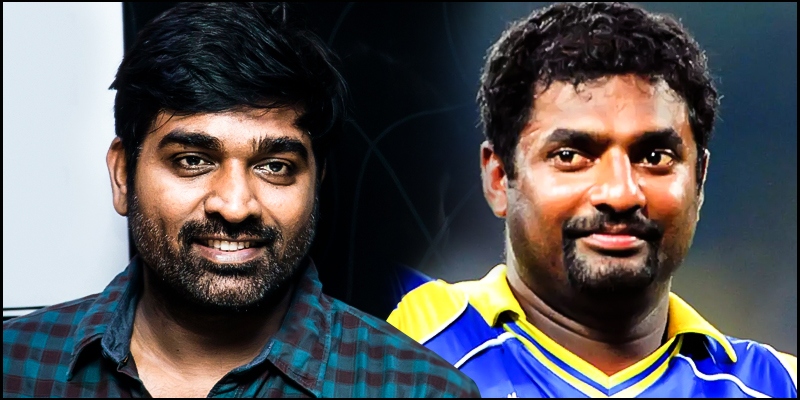


“I-you” “mine-his” separations are (imaginarily) perceived. In that blindness, the Oneness is missed. If anyone feels that s/he sees more than one thing, it is all a delusion.īeing under delusion is like being a Dhritarashtra, blind. brahman is the word used as a pointer to It.Īnd of all the philosophical thoughts ever expressed anywhere in the world, only Advaita Vedanta boldly declares, That brahman Alone is, there is NO second thing. It’s something deep sleep-like and space-like. TaittIriyopanishad gives two more of its features in the mantra (II-i-1) - सत्यं ज्ञानमनन्तं ब्रह्म (Beingness, Knowingness, and Infiniteness). So what we can at the most say about it is, it “EXISTS.” That basic ‘Isness’ is called “Beingness” or “Existence.” In Sanskrit, the word is sat (सत्). “Whatever-that-Truth-is,” “It” must be existing to be present. It does not matter who you are – a prince or a pauper an angel or a devil an illiterate ignoramus or an intellectual giant – all differences and separations dissolve in deep sleep. The nearest comparison that can be given is the dreamless deep sleep condition. What would remain when an “I” in me is not conscious of my separate body-mind but is fused with the totality of “Whatever-actually-IS”? There cannot be an answer for this question. A sense of “me” was not there to claim ‘ownership’ rights. They felt that it was a Knowledge revealed when their individualistic ID, the sense of “I am a separate person” was totally lost.

What they taught was not under any IPR regime, because their authors never considered them to be their brainchildren. The Upanishads were the foundation stones on which the magnificent edifice called sanAtana dharma developed.

Each Scientist used to teach with care and affection sitting close to his students (upa + nisha). It is a fact that emerged from the observation and analysis by the Scientists of the day and recorded in their reports. ‘Every place is my home town Everyone my kith and kin Tamil Poet Kanian Poongundranar on the concept similar to ‘Vasudhaiva Kutumbakam’ (Song 192, Purananuru, Sangam literature) ’This is my own and that a stranger’ – is the calculation of the narrow-mindedįor the magnanimous-hearts however, the entire earth is but a family’ Udaracharitanam tu vasudhaiva kutumbhakam’ | ‘ayam nijah paroveti ganana laghuchetasam The Upanishad mantra is not a geo-politico-socio-cultural statement. It is describing the quality of a man who understood the Truth, transcending the multiplicity of the world). should be understood in the context of what the Upanishad is talking about. who know the Supreme Truth) the whole world is one family (one Unit). Meaning: The distinction “This person is mine, and this one is not” is made only by the narrow-minded (i.e. The words वसुधैव कुटुम्बकम् (vasudhaiva kuTumbakam) come from the mantra VI-72 in Maha Upanishad which belongs to sAmaveda tradition. The world is like a small, tightly knit, nuclear family.Ģ. from “vasudha”, the earth “iva”, is and “kutumbakam”, family) is a Sanskrit phrase that means that the whole world is one single family.So here the Vedic sages are saying that the entire world is truly just one family.


 0 kommentar(er)
0 kommentar(er)
